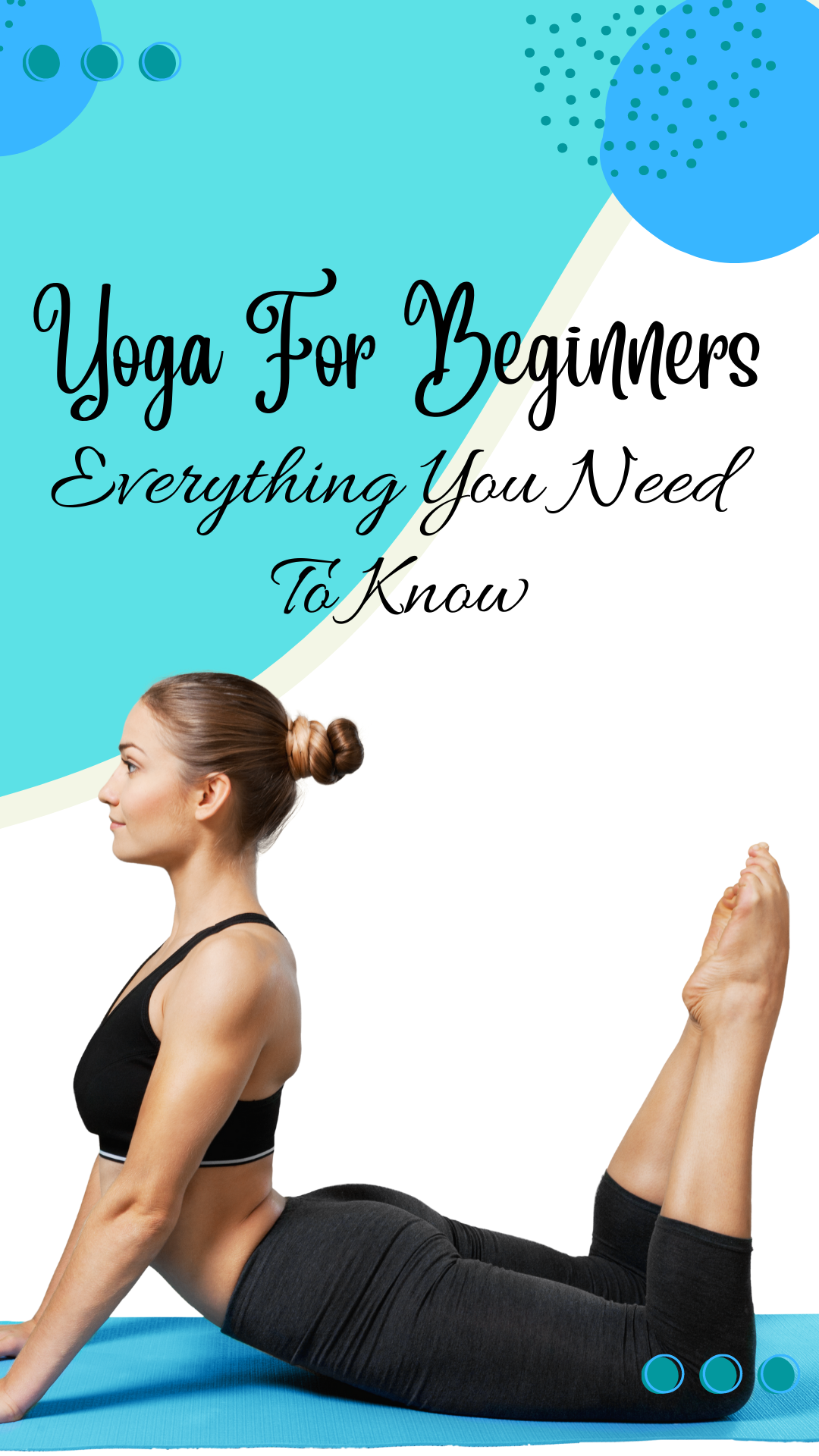If you’re looking for a way to relax and de-stress, yoga for beginners may be the perfect choice for you. This ancient practice is based on the philosophy that all beings are interconnected and that we can connect with our inner selves through meditation and motion. Whether you’re a beginner or have practiced before, here’s everything you need to know about starting out with yoga.
What is yoga and what are the benefits?
If you’re looking for a workout that can help improve your flexibility, balance and coordination, Yoga might be a good option for you. According to the National Institutes of Health (NIH), yoga has many benefits that include reducing stress, improving moods and providing relief from chronic pain.
Yoga is a physical and spiritual practice that originated in India over 4,000 years ago. The ancient yogis used yoga as an exercise to develop strength and flexibility in their body and mind. Modern day practitioners aim to create an internal equilibrium by engaging all seven layers of the body: mental, emotional, spiritual, physical, etheric or energy levels, solar plexus chakras (spinal cord spinners), and kundalini energy centers located at the base of the spine.
Finding the right class and teacher
When looking for the right yoga class and teacher, it’s important to find someone who is comfortable and knowledgeable with the poses. It can be difficult to find a teacher who is both experienced and beginner-friendly, but if you take the time to do your research, you’ll be able to find the perfect class for you.
It’s also important to make sure that your teacher is well-prepared. Make sure they know how to sequence the poses correctly, and be sure to ask about any modifications or adjustments that may be necessary for your particular body type or level of conditioning. Having a good teacher can make all the difference in your practice, so don’t hesitate to seek out someone who meets your needs.
What to wear
When you are practicing yoga, it is important to have comfortable clothing that allows for unrestricted movement. Here are some tips for what to wear when practicing yoga:
– Wear clothes that are breathable and allow your skin to breathe.
– Avoid wearing tight clothes or shirts that restrict movement.
– Choose clothing that is loose enough to move but tight enough so that it doesn’t fall off during class.
– Make sure the clothing you choose is light and easy to carry around.
The practice: postures, breathing, and meditation
Yoga is a practice that has been around for centuries and has evolved over time. There are many different types of yoga, all with their own benefits. One type of yoga is postures, which can be done both standing and sitting. The practice of breathing and meditation are also important parts of yoga. Breathing in deeply and slowly helps to center oneself, while meditation allows practitioners to focus on their breath and inner thoughts.
The philosophy behind yoga
Yoga is a practice that has been around for thousands of years. It has a philosophy behind it which is based on the idea that by doing yoga, people can connect with their inner selves and achieve happiness. The philosophy behind yoga is based on the belief that all beings have the potential to be happy and peaceful.
Common misconceptions about yoga
There are many misconceptions about yoga that people have. Some of these misconceptions are about the practice itself, while others pertain to the people who do yoga.
One common misconception is that yoga is only for people with flexible bodies. In fact, anyone can do yoga, no matter their age, size, or flexibility level.
Another misconception is that only experienced teachers should teach yoga classes. Anyone can learn how to do yoga safely and effectively with a little practice.
How to integrate yoga into your life
If you’re looking for a way to integrate yoga into your life, there are a few things to keep in mind. First, make sure that you can commit to doing at least one session per week. Second, find a yoga class that is tailored specifically for your needs and goals. Third, be patient and allow yourself time to adjust to new poses and sequences. Fourth, be mindful of your body and surroundings when practicing; if you feel pain or discomfort, stop the session and consult with a healthcare professional. Finally, take care of your mind by focusing on your breath and relaxing muscles throughout the body. With these tips in mind, you’ll be well on your way to achieving a healthy balance through yoga!
The benefits of a regular yoga practice
Regular yoga practice has many benefits that can improve your life. Yoga helps you to reduce stress, anxiety and depression, improve your balance and coordination, increase flexibility and strength, and enhance your mind-body connection. It can also help you lose weight, prevent injuries, improve sleep quality and reduce risks of chronic diseases.
Yoga also has a significant impact on your mental health. A study published in the journal Cancer found that people who practiced yoga had a 50% reduction in the risk of developing depression later in life. Another study found that people who practiced yoga for at least eight weeks had reduced levels of cortisol, the stress hormone, in their blood compared to those who only did stretching exercises. These studies suggest that practicing yoga can be beneficial for overall mental well-being.
Conclusion: Yoga for beginners
When starting out with yoga, it can be daunting to know where to begin. This is why we’ve put together this yoga for beginners guide. In it, we cover everything you need to know about the practice, from the basics of asana (poses) to tips for increasing your flexibility. Whether you’re a complete beginner or just looking to deepen your practice, we hope this guide will help you get started on the right foot.
When beginning any new activity, it’s important to take things slow and build up a foundation. The same goes for yoga; don’t try too hard at first and risk injury. Start by gradually increasing your intensity and range of motion over time, and always be sure to consult with a certified instructor if you have any questions or concerns. We hope you’ve enjoyed this yoga for beginners guide.
For more article on health and fitness, go to https://timefreedomblog.com/category/healthfitness/.


3 thoughts on “Yoga for Beginners: Everything You Need to Know”